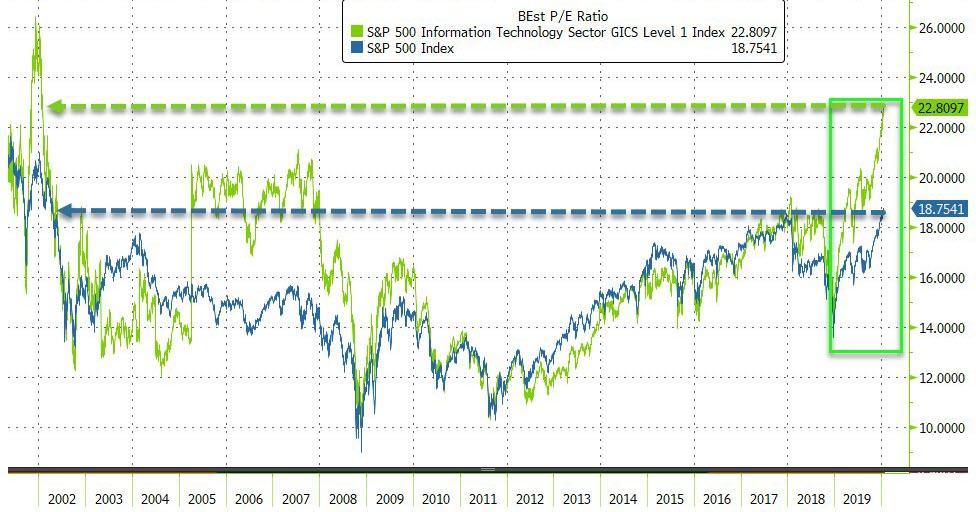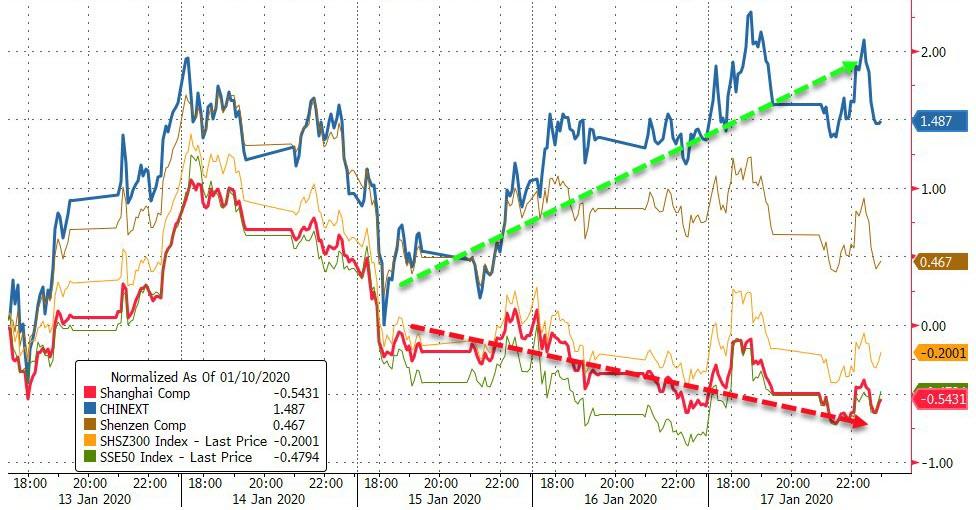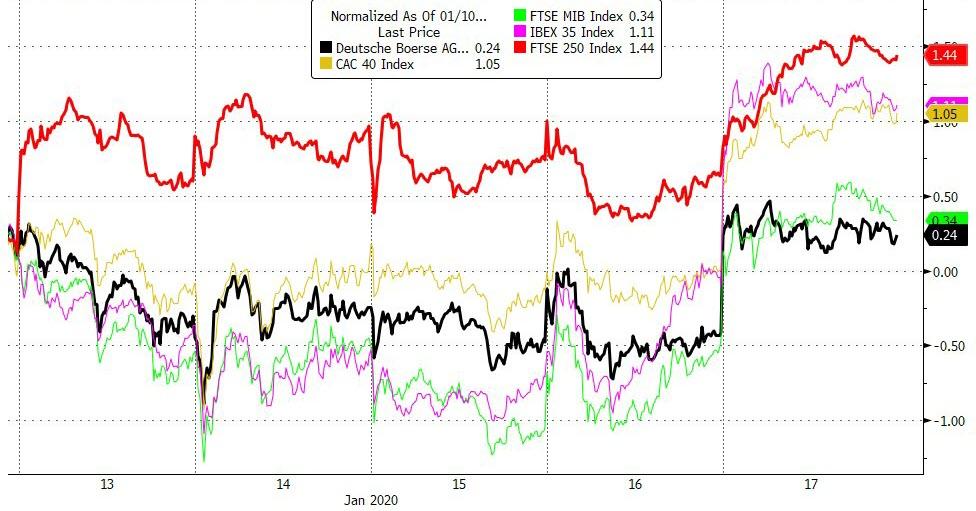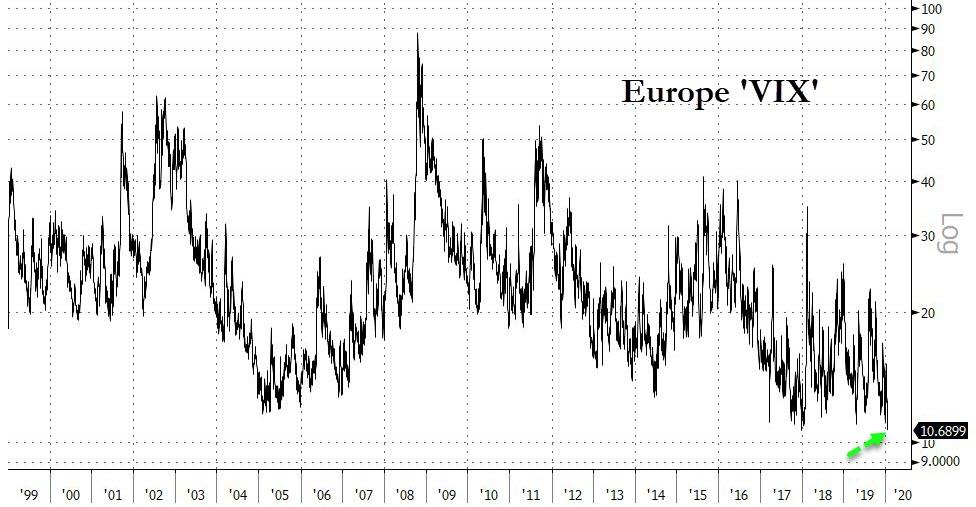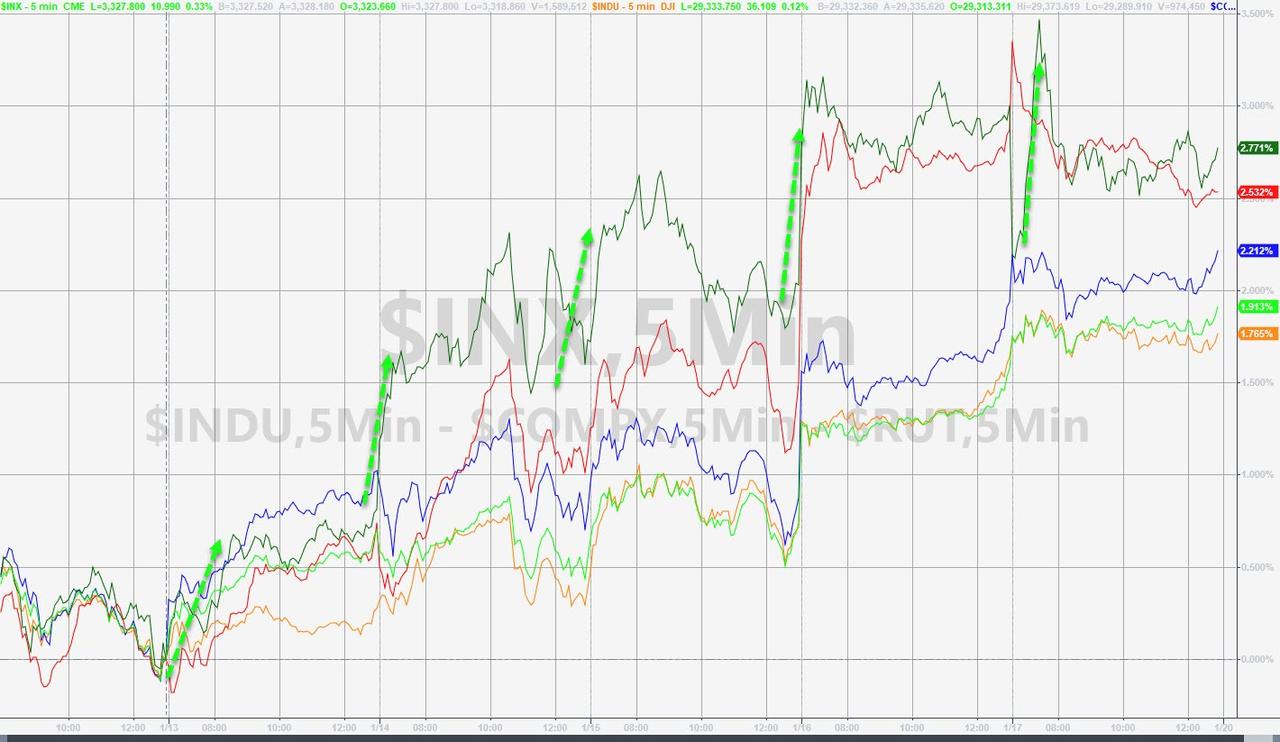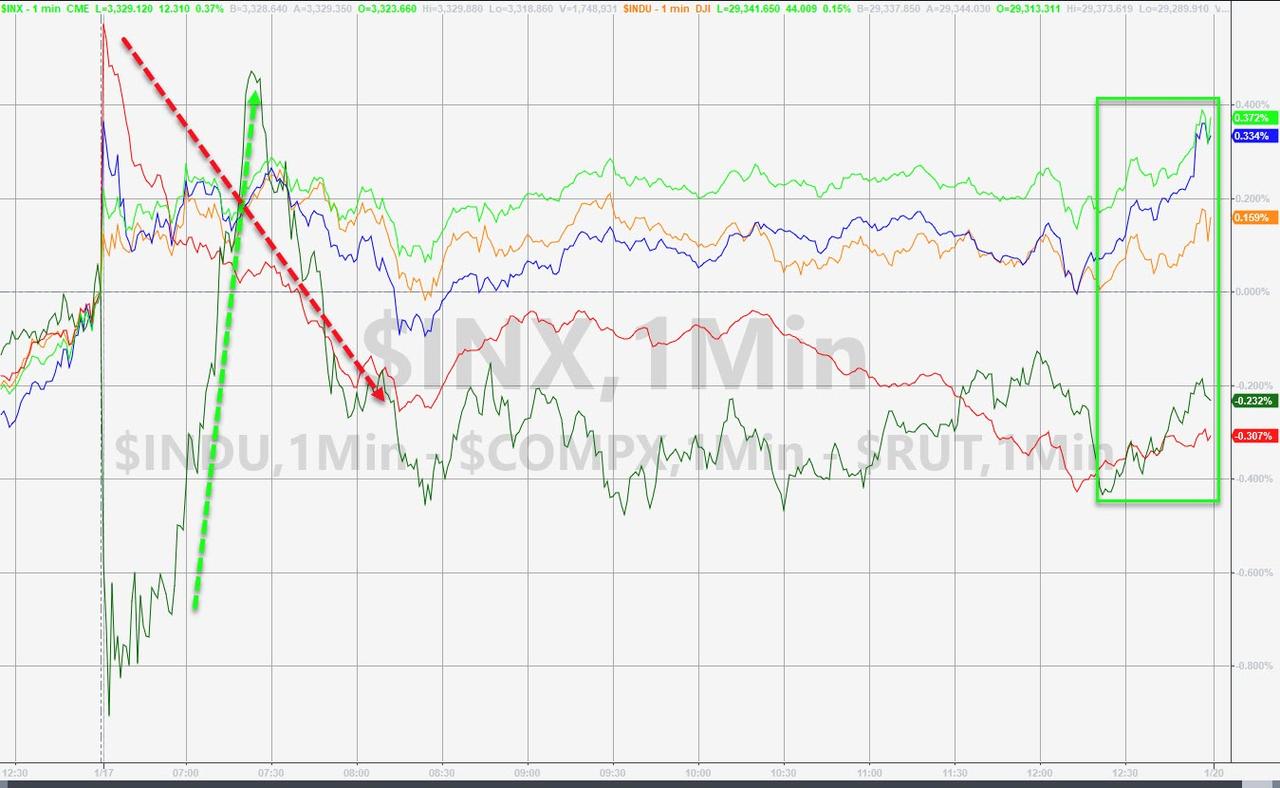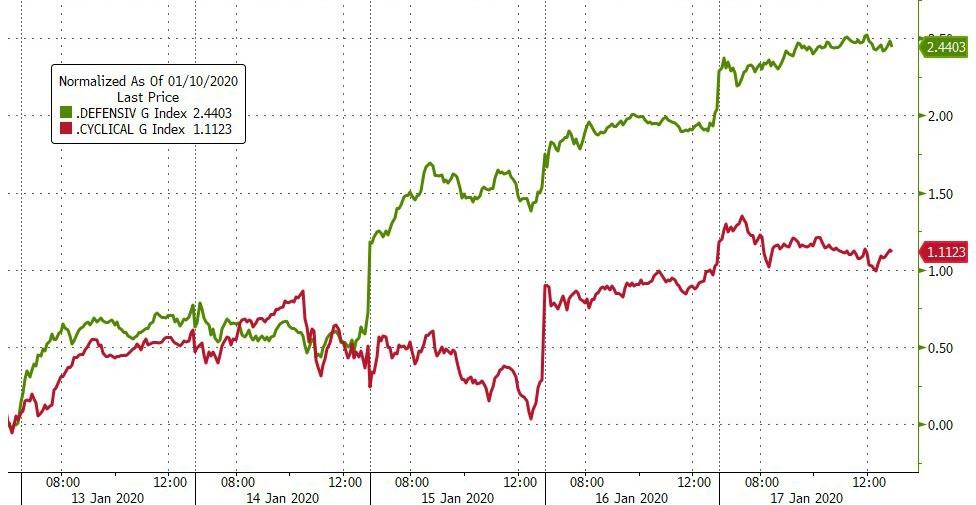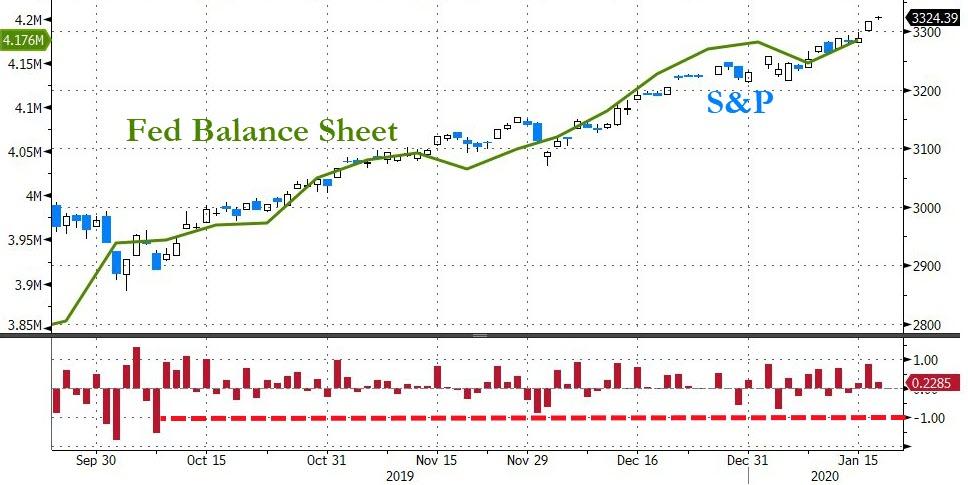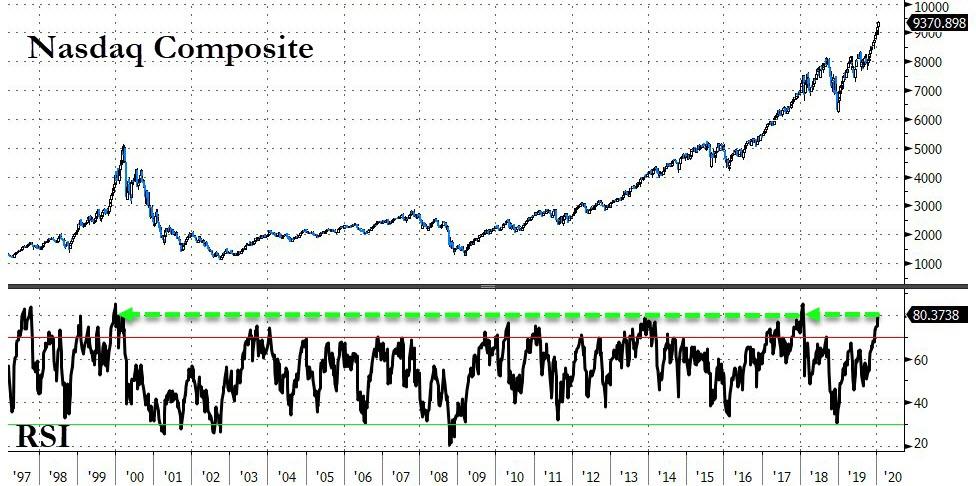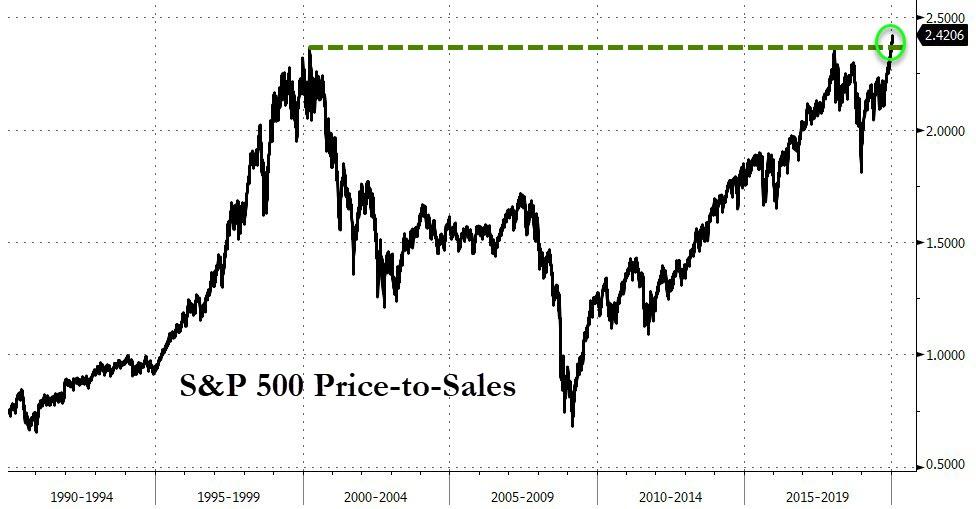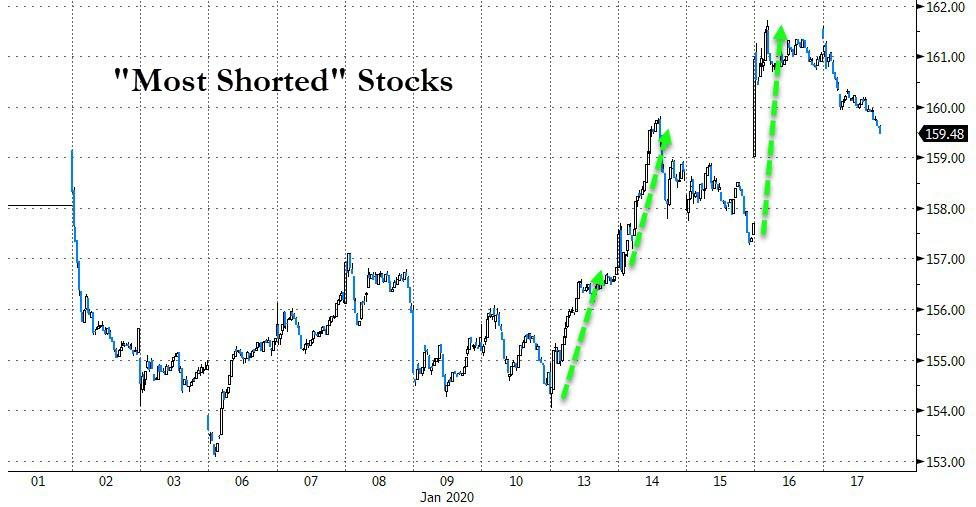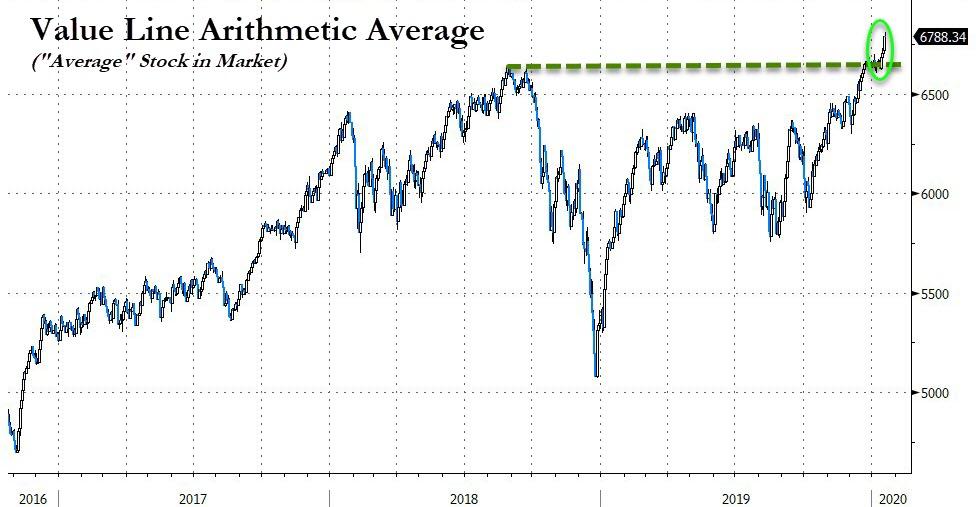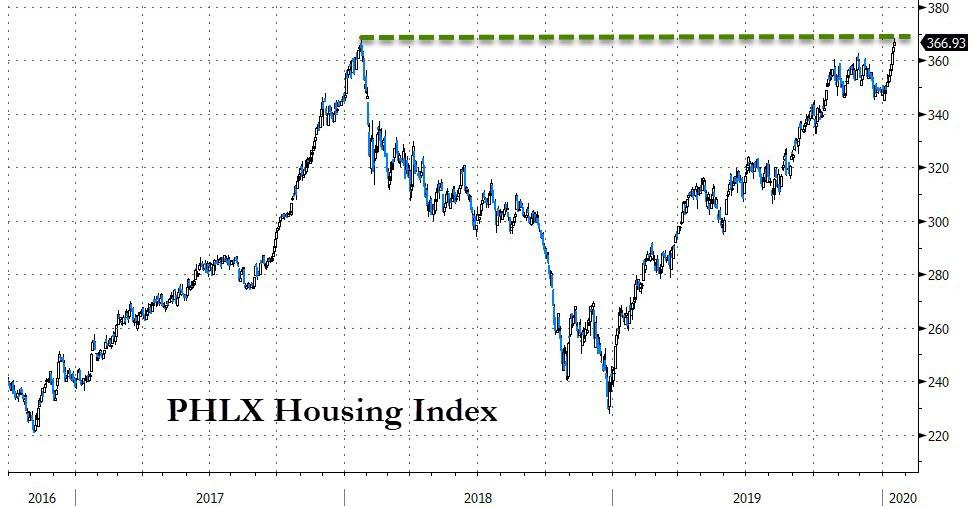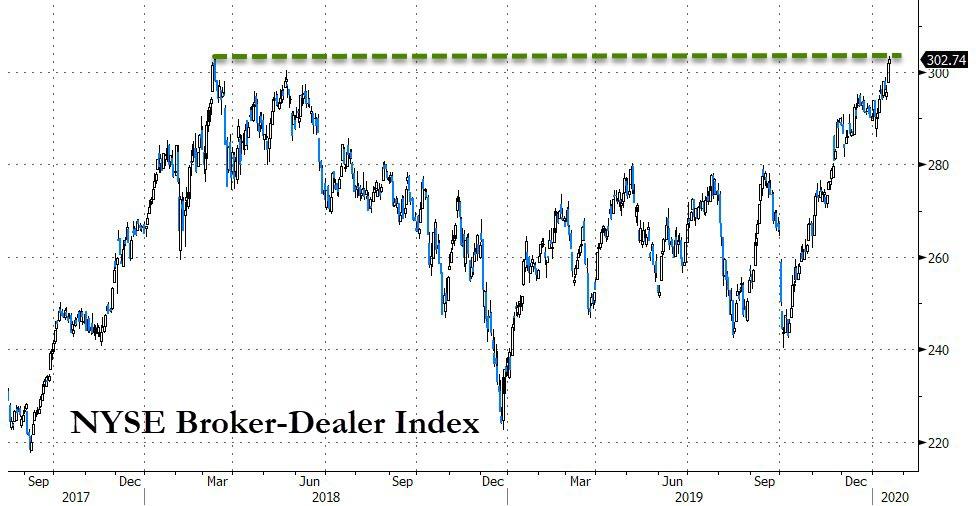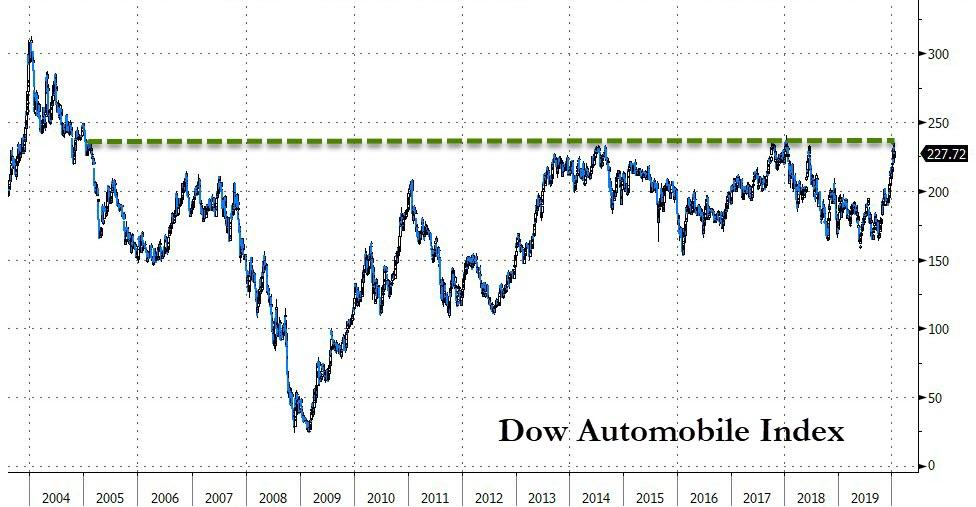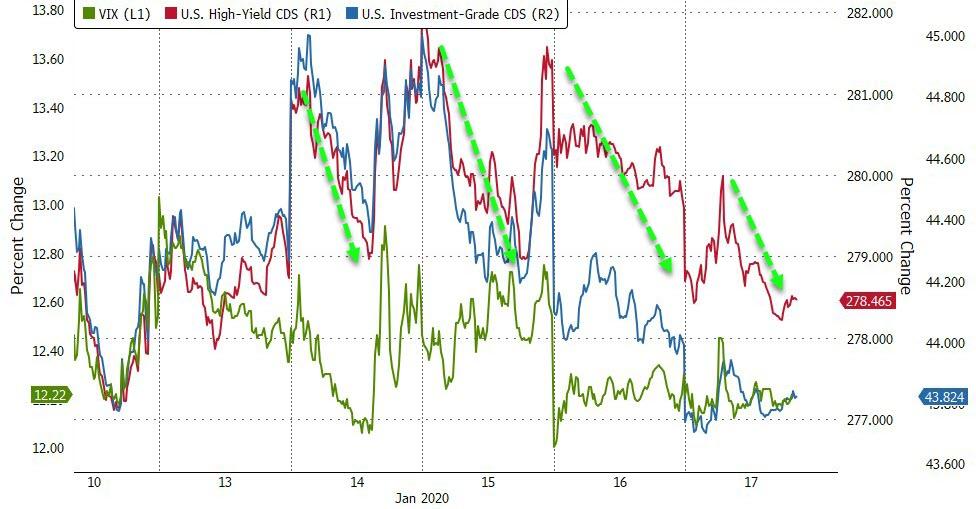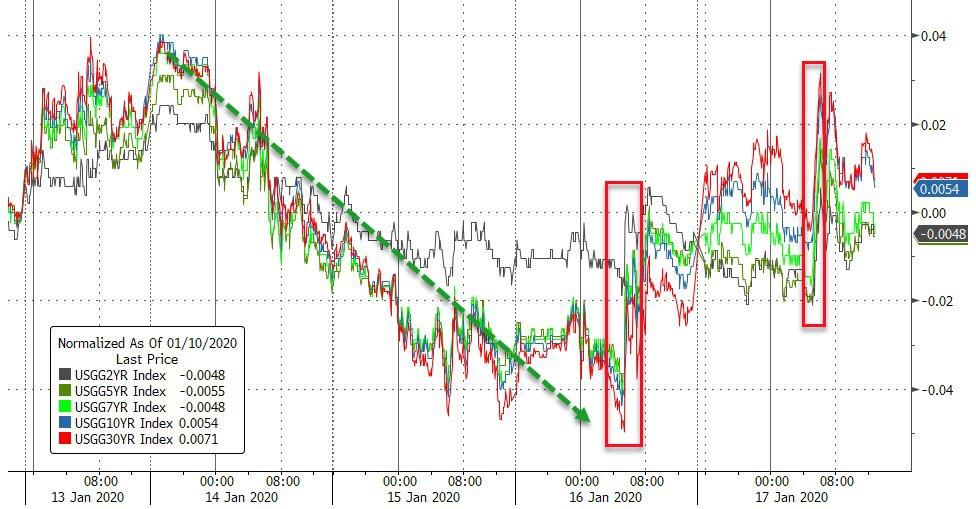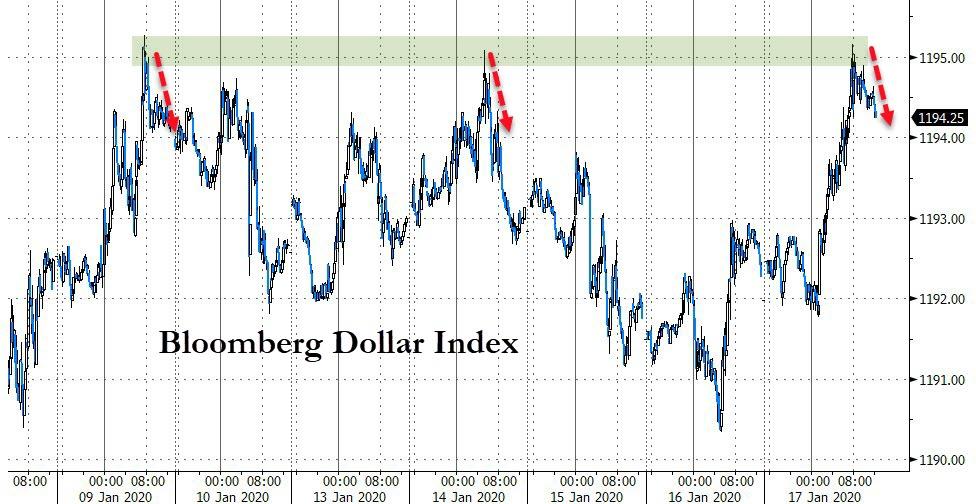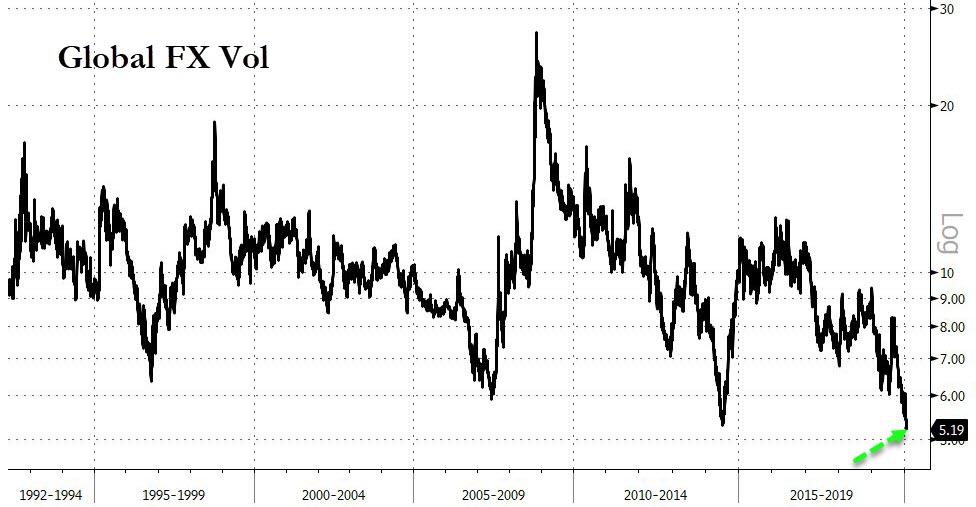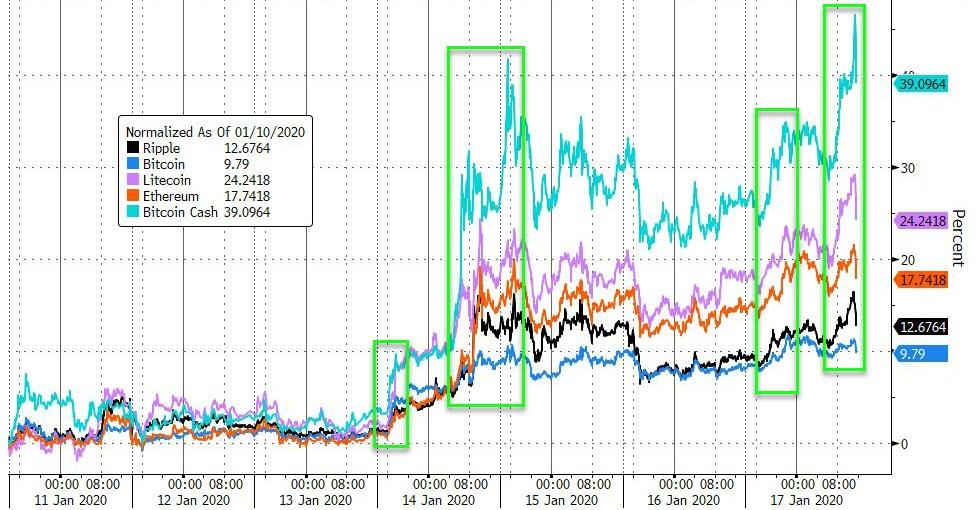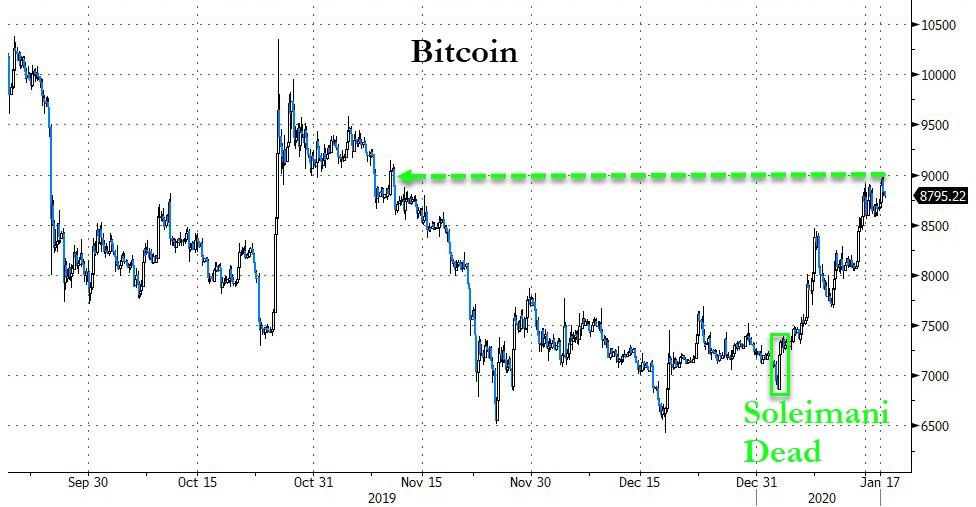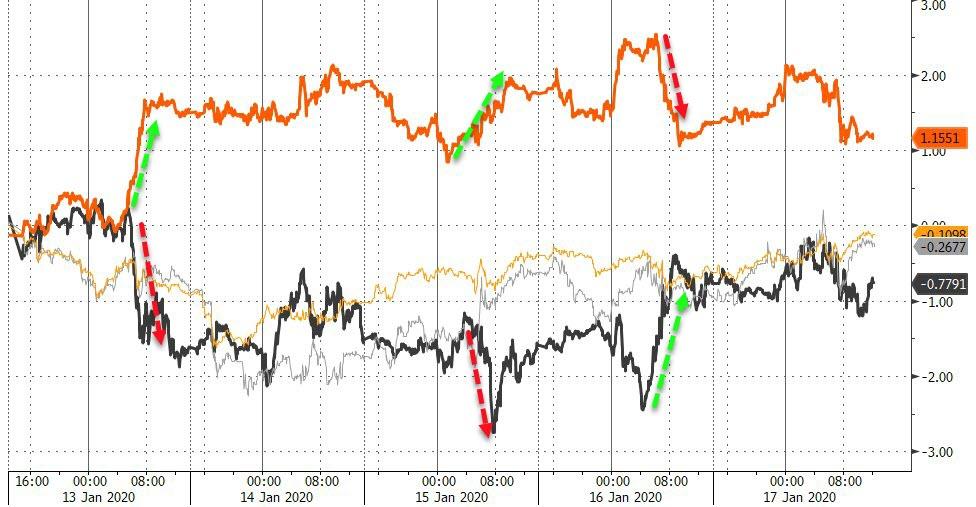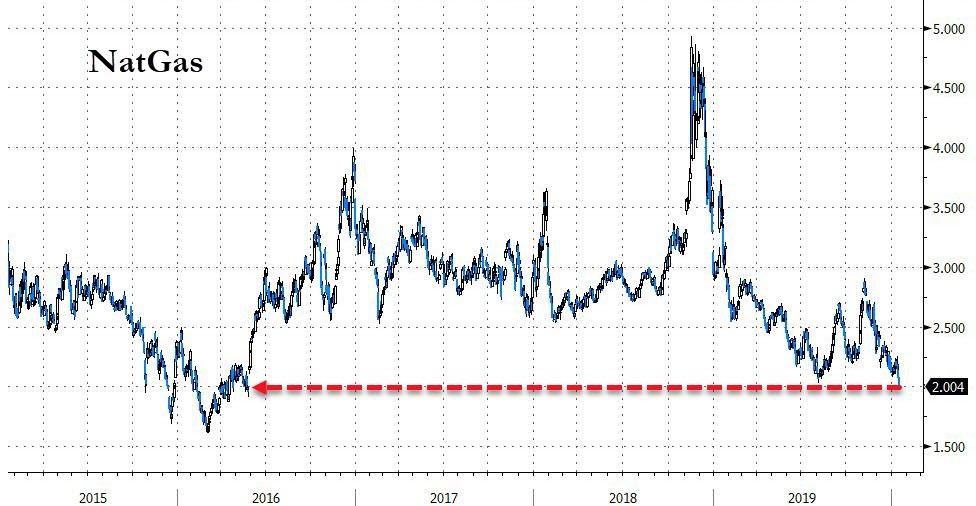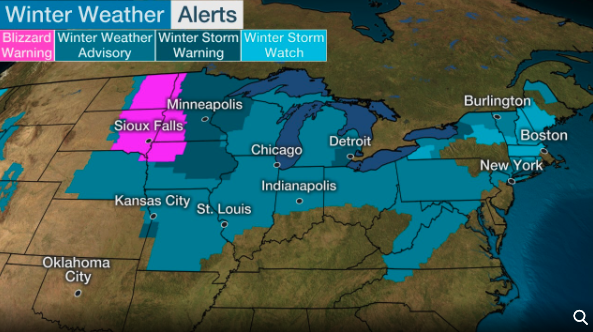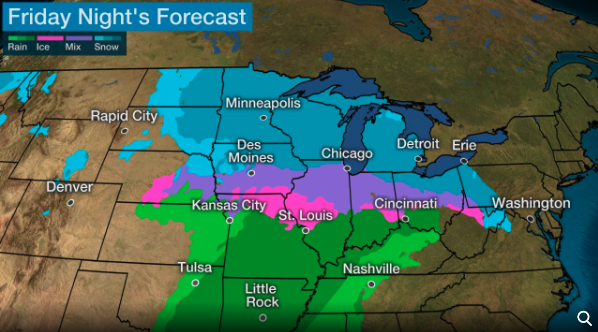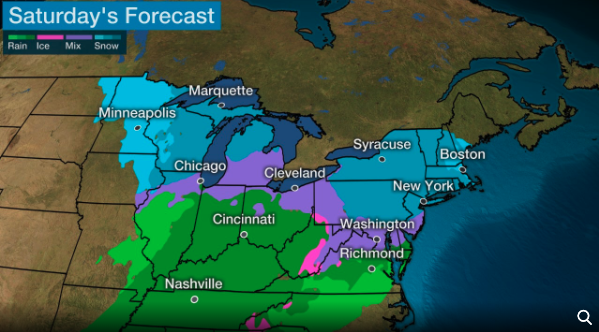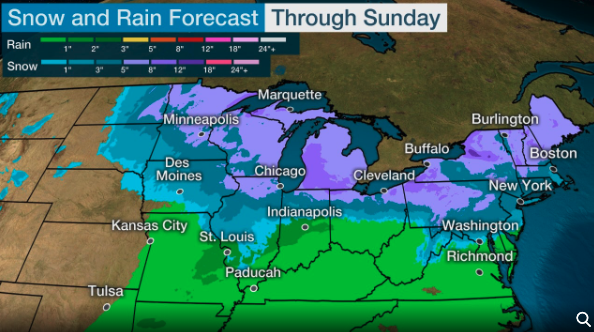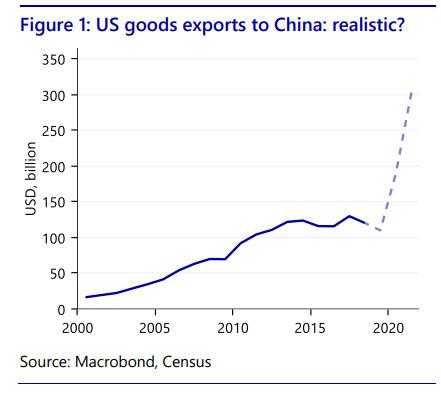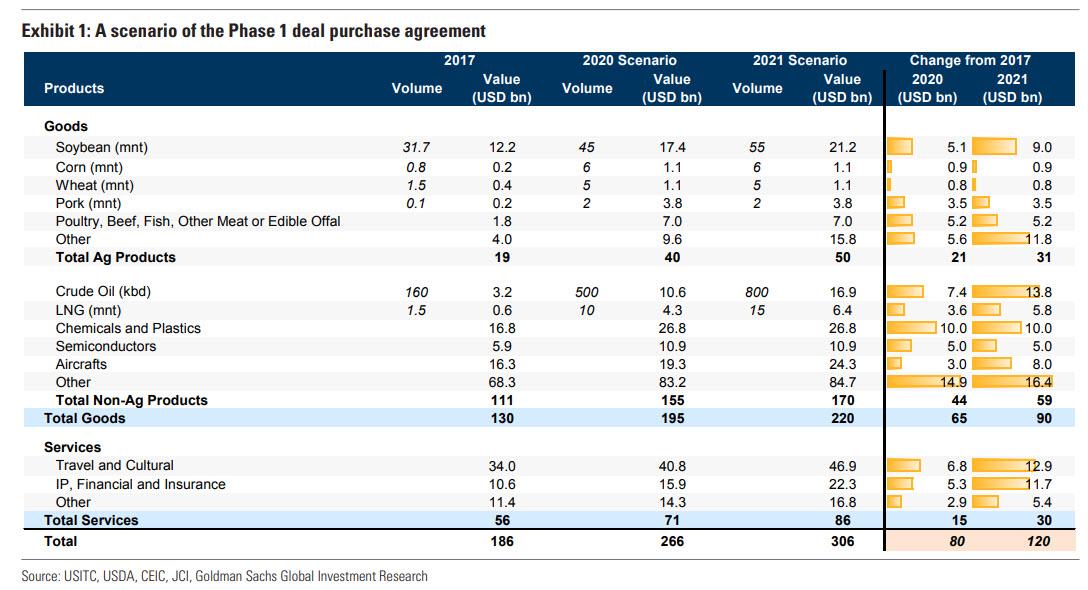Today a divided panel of the U.S. Court of Appeals for the Ninth Circuit concluded that the plaintiffs in Juliana v. United States—the so-called “Kids Climate Case”—lack Article III standing to pursue their ambitious claim that the federal government is violating their constitutional rights by facilitating the use of fossil fuels and failing to take action to forestall the threat of climate change. This outcome was almost certainly foreordained, for reasons I noted here, as the Supreme Court had made clear it did not think much of the theory behind this suit. At the same time, the panel majority reached the result compelled by a proper understanding of existing precedent.
Judge Andrew Hurwitz wrote the majority opinion, joined by Judge Mary Murguia. District court judge Josephine Staton (sitting by desination) dissented. Although all three judges accepted the severity of the threat posed by climate change, they disagreed quite strongly on whether this case, as put forward by the plaintiffs, presented a justiciable case or controversy.
Here’s how the majority summarizes the case and its conclusion:
In the mid-1960s, a popular song warned that we were “on the eve of destruction.” The plaintiffs in this case have presented compelling evidence that climate change has brought that eve nearer. A substantial evidentiary record documents that the federal government has long promoted fossil fuel use despite knowing that it can cause catastrophic climate change, and that failure to change existing policy may hasten an environmental apocalypse.
The plaintiffs claim that the government has violated their constitutional rights, including a claimed right under the Due Process Clause of the Fifth Amendment to a “climate system capable of sustaining human life.” The central issue before us is whether, even assuming such a broad constitutional right exists, an Article III court can provide the plaintiffs the redress they seek—an order requiring the government to develop a plan to “phase out fossil fuel emissions and draw down excess atmospheric CO2.” Reluctantly, we conclude that such relief is beyond our constitutional power. Rather, the plaintiffs’ impressive case for redress must be presented to the political branches of government.
The majority accepts the “copious expert evidence” in the plaintiffs case showing that the “unprecedented rise” in atmospheric concentrations of greenhouse gases “stems from fossil fuel combustion and will wreak havoc on the Earth’s climate if unchecked,” and admits that the federal government “affirmatively promotes fossil fuel use in a host of ways.” Nonetheless, it recognizes that not every grievous wrong is fit for judicial resolution. While rejecting the government’s argument that the plaintiffs should have styled their claims as Administrative Procedure Act challenges to discrete agency actions, it also rejected the plaintiffs’ claims that a heretofore unrecognized constitutional right to a life-sustaining climate system (or, as the dissent would have it, a perpetual nation) meets Article III’s requirements.
On thee question of standing, accepting the allegations made by the plaintiffs, the majority concluded that at least one plaintiff was suffering a concrete and particularized injury-in-fact that was sufficiently traceable to the government’s facilitation of fossil fuel use and development. “There is at least a genuine factual dispute as to whether” the various government policies complained of “were a ‘substantial factor’ in causing the plaintiffs’ injuries,” which was sufficient given the procedural posture of the case.
Then the majority reached the question of redressability:
The more difficult question is whether the plaintiffs’ claimed injuries are redressable by an Article III court. In analyzing that question, we start by stressing what the plaintiffs do and do not assert. They do not claim that the government has violated a statute or a regulation. They do not assert the denial of a procedural right. Nor do they seek damages under the Federal Tort Claims Act, 28 U.S.C. § 2671 et seq. Rather, their sole claim is that the government has deprived them of a substantive constitutional right to a “climate system capable of sustaining human life,” and they seek remedial declaratory and injunctive relief.
Here, the majority concluded, the plaintiffs had a hard time showing that the relief sought was both within the power of the district court to afford and substantially likely to redress their injuries.
The crux of the plaintiffs’ requested remedy is an injunction requiring the government not only to cease permitting, authorizing, and subsidizing fossil fuel use, but also to prepare a plan subject to judicial approval to draw down harmful emissions. The plaintiffs thus seek not only to enjoin the Executive from exercising discretionary authority expressly granted by Congress, . . . but also to enjoin Congress from exercising power expressly granted by the Constitution over public lands.
Indeed. Even accepting the plaintiffs’ inventive claim of constitutional right and that the sorts of remedies sought would redress the harms, the majority was unwilling to accept that a district court could take over climate policy for the nation.
There is much to recommend the adoption of a comprehensive scheme to decrease fossil fuel emissions and combat climate change, both as a policy matter in general and a matter of national survival in particular. But it is beyond the power of an Article III court to order, design, supervise, or implement the plaintiffs’ requested remedial plan. As the opinions of their experts make plain, any effective plan would necessarily require a host of complex policy decisions entrusted, for better or worse, to the wisdom and discretion of the executive and legislative branches. . . . These decisions range, for example, from determining how much to invest in public transit to how quickly to transition to renewable energy, and plainly require consideration of “competing social, political, and economic forces,” which must be made by the People’s “elected representatives, rather than by federal judges interpreting the basic charter of Government for the entire country.” Collins v. City of Harker Heights, 503 U.S. 115,
128–29 (1992). . . .
That climate chnage poses a serious threat does not change the underlying analysis. Citing the Supreme Court’s recent decision in Rucho v. Common Cause, Judge Hurwitz explained that “Because ‘it is axiomatic that ‘the Constitution contemplates that democracy is the appropriate process for change,’ . . . , some questions—even those existential in nature—are the province of the political branches.” He further added:
Not every problem posing a threat—even a clear and present danger—to the American Experiment can be solved by federal judges. As Judge Cardozo once aptly warned, a judicial commission does not confer the power of “a knight-errant, roaming at will in pursuit of his own ideal of beauty or of goodness;” rather, we are bound “to exercise a discretion informed by tradition, methodized by analogy, disciplined by system.'” Benjamin N. Cardozo, The Nature of the Judicial Process 141 (1921).
Judge Staton, in dissent, took quite a different view. To call her dissent ambitious and aggressive is an understatement. As a rhetorical exercise, many will find it energizing and inspirational. As a legal opinion, however, I find it unmoored and lacking.
The dissent begins with a flourish:
In these proceedings, the government accepts as fact that the United States has reached a tipping point crying out for a concerted response—yet presses ahead toward calamity. It is as if an asteroid were barreling toward Earth and the government decided to shut down our only defenses. Seeking to quash this suit, the government bluntly insists that it has the absolute and unreviewable power to destroy the Nation.
My colleagues throw up their hands, concluding that this case presents nothing fit for the Judiciary. On a fundamental point, we agree: No case can singlehandedly prevent the catastrophic effects of climate change predicted by the government and scientists. But a federal court need not manage all of the delicate foreign relations and regulatory minutiae implicated by climate change to offer real relief,
and the mere fact that this suit cannot alone halt climate change does not mean that it presents no claim suitable for judicial resolution.
Plaintiffs bring suit to enforce the most basic structural principle embedded in our system of ordered liberty: that the Constitution does not condone the Nation’s willful destruction. So viewed, plaintiffs’ claims adhere to a judicially administrable standard. And considering plaintiffs seek no less than to forestall the Nation’s demise, even a partial and temporary reprieve would constitute meaningful redress. Such relief, much like the desegregation orders and statewide prison injunctions the Supreme Court has sanctioned, would vindicate plaintiffs’ constitutional rights without exceeding the Judiciary’s province. For these
reasons, I respectfully dissent
Judge Staton’s opinion is no doubt earnest, but suffers from multiple fatal flaws. Not only does it enthusiastically embrace a heretofore unrecognized, unackowledged and unarticulated constitutional right to “the perpetuity of the Republic,” she also embraces the notion that if the political branches fail to act in defense of the nation, a district court judge can and should fill the breach. To state the argument plainly, shorn of adorning rhetoric, is to demonstrate its flaws.
Under Judge Staton’s theory that there is a judicially enforceable right barring the “willful dissolution of the Republic,” a federal judge is empowered to overrule the most monumental and consequential decisions of the political branches. Consider the implications: should Congress declare war against a formidable adversary—and should the President seek to prosecute that war even at the risk to the nation’s security—a federal judge could hear a case that such exercises of federal power are unconstitutional and subject to judicial oversight. Like it or not, the political branches do have “the absolute and unreviewable power to destory the Nation,” such as through the imprudent or reckless use of the war powers, as that is the nature of our constitutional structure.
Judge Staton’s opinion is no less problematic at the doctrinal level, as she misstates and misapplies Massachusetts v. EPA in her effort to show that the plaintiffs have satisfied the more mundane requirements of Article III standing and satisfy what she declares is “an ambient presumption of judicial review.” It is as if she knows where she wants the opinion to go, and is willing to roll over those aspects of doctrine that get in the way. (In this regard, Judge Staton’s approach to standing has much in common with that of Judge O’Connor in Texas v. U.S.)
While the Supreme Court found standing in Massachusetts, it was careful to stress both that state plaintiffs, as states, were entitled to a “special solicitude” in the standing analysis and that the existence of a procedural right to challenge the EPA’s failure to act lessened the normal requirements of immediacy and redressability. None of this seems to matter to Judge Staton, however, as she blithely asserts that the lack of a procedural right is of little relevance and then (in footnote 7) makes the completely erroneous claim that the existence of procedural right matters more for “the first and second elements of standing” than for redressability, the express language of Massachusetts v. EPA (and the Kennedy concurrence from Lujan which it was quoting) notwithstanding.
The question now is whether the Ninth CIrcuit’s Juliana decision will put an end to this case. I suspect the plaintiffs will petition for en banc review or certiorari, but I am not sure this is their wisest course. It seems to me that the Juliana majority sought to dismiss this case in the gentlest and narrowest way possible, so as not to preclude future litigation based on more viable legal theories. In many respects, that was the best the plaintiffs could have hoped for (especially after the Supreme Court had made its views on the subject known). In seeking Supreme Court review the plaintiffs would risk a more decisive loss and a more sweeping, nationally preclusive ruling that could forestall climate litigation across the board. They rightly fear the risks posed by climate change. The question now is whether they appreciate the risks of unduly aggressive climate litigation.
from Latest – Reason.com https://ift.tt/2G2g13O
via IFTTT
